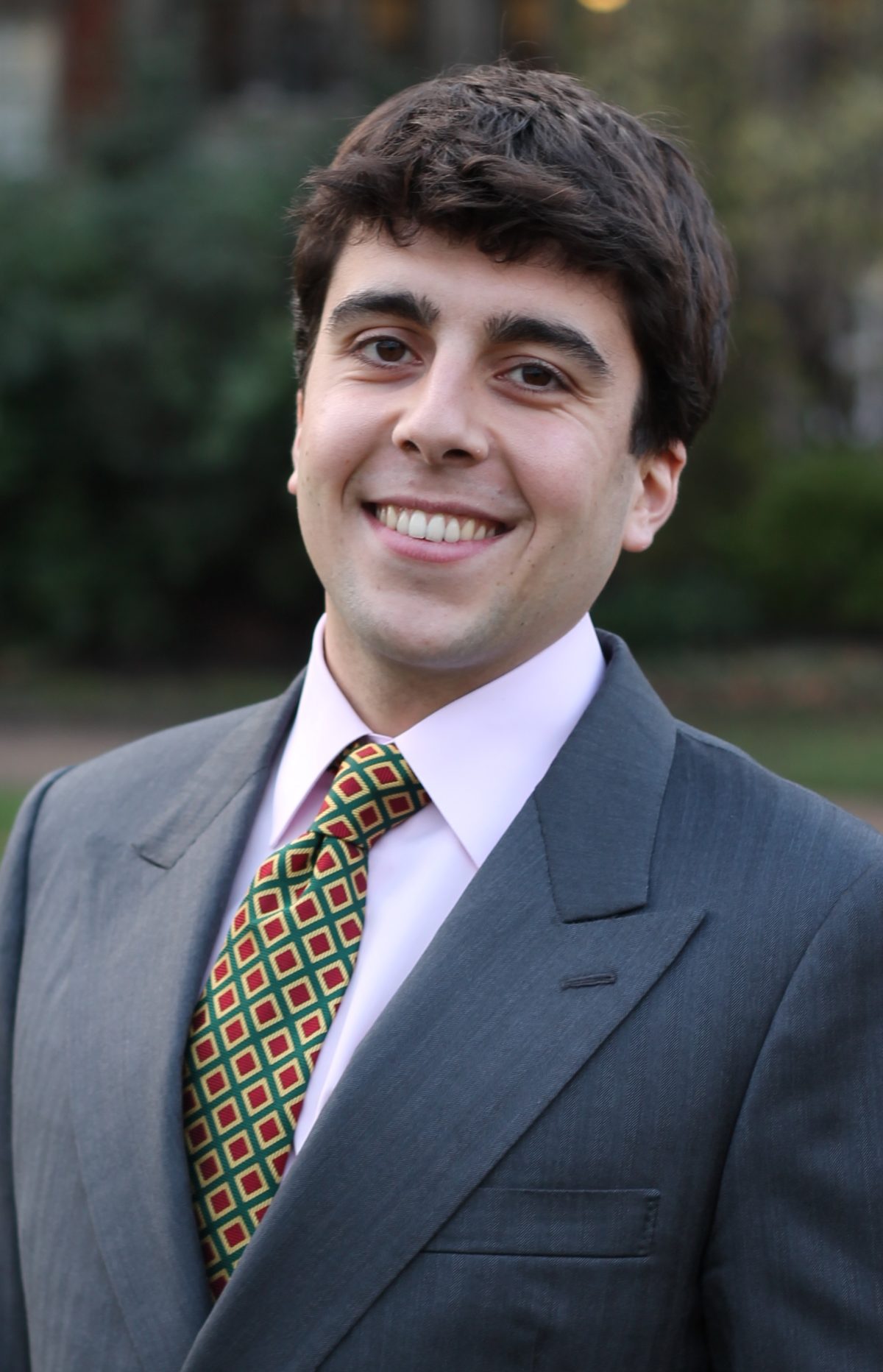Coase and the quest for an economics of the real world
SUGGESTED



But it is arguably another view championed by Coase which is his most important and valuable contribution, even if it has not quite yet fully borne fruit. That is his relentless contempt for “blackboard economics,” as he dubbed his colleagues’ propensity towards abstract reasoning and increasingly impenetrable mathematical formulas. Instead, Coase firmly advocated a focus on real economic life and the practices observed in actual economic relationships. His preference for empiricism over theory is perhaps best captured in his quest to disprove Samuelson’s assertion that lighthouses could not be provided privately as they were pure (non-excludable and non-rival) public goods. He succeeded, of course, showing that lighthouses had indeed been privately provided in the UK in the 17th, 18th and 19th centuries, often bundled together with port fees and thus turned into club (non-rival but excludable) goods.
How influential has the Coasean methodological insight proven so far among economists? It is fair to say that its impact has been uneven across specialisms. Fellow Nobel prize winner Elinor Ostrom was an influential adherent of Coase’s methodology, documenting the multifarious ways in which communities around the world administer common pool resources without the need for large-scale government intervention, and indeed with much better results economically and environmentally.
Development economics has also become deeply empirical in recent years, as captured by the work of MIT’s Esther Duflo conducting randomised control trials of healthcare and poverty relief measures in Africa, Asia and Latin America. This field has tended to become sceptical of one-size-fits-all solutions and generalisations, thanks in no small part to the work of NYU’s William Easterly and his rejection of Western do-gooderism on the basis of naïve theorising and unrealistic assumptions by development agencies. More and more, respecting local customs and testing policies on a case-by-case basis is the name of the development game.
Financial economics, on the other hand and despite its heavy use of data, has hardly been permeated by Coase’s admonishment. In spite of the mounting evidence that abstract modelling of the likelihood of future events is fraught with dangers and unfit for private and public risk management, the economics of finance has turned ever more “blackboardy,” a trend which would no doubt exasperate and mystify Coase. Thankfully, an increasing number of scholars – e.g. Edward Stringham in America and our own Philip Booth in the UK – are showing the historical success of private solutions to issues of public policy in finance, which in turn cast doubt on the ability to resolve the policy challenges of financial markets through ever-increasing rule by statute. The time will come when the pendulum in finance and banking swings back towards decentralised systems of private governance – a trend reversal which new technologies will only aid.
There is thus reason for hope that Coasean methodology will continue to penetrate the discipline in the coming years. However, not all empirical methods are equal and there is a danger of generalising on the basis of the evidence collected. For instance, we are now told – by Mariana Mazzucato and others – that governments have historically been the source of many inventions behind today’s innovations, from GPS to the Internet. This is because the U.S. government funded some of the academic research which eventually produced these inventions, as part of its military scientific programme during the Cold War. From that, it is argued that states can and should be entrepreneurial, and that without government action to sponsor research, private innovation is hampered.
Mazzucato’s work has proven influential in certain policy circles, as no doubt it vindicates the interventionist ambitions of some and their suspicion of the private sector. Yet, as Alberto Mingardi convincingly counters, the U.S. government’s role in research during the Cold War was more that of paymaster, dominating the funding of university research departments and throwing money at their projects, than of conscious director of the discovery process. One might therefore expect that some of the long list of ventures to which state funding was dedicated might have produced valuable results – but that is probably due more to scientists’ foresight and random chance than to government “directionality.” The state is then not entrepreneurial as suggested – it simply has a lot of money to spend!
Note the difference between Coase’s and Ostrom’s methodology, and that of Mazzucato. All three rely on case studies and eschew theoretical modelling. But, whereas Coase uses empiricism to disprove the assertions of “blackboard” economists and Ostrom looks at the world precisely to show that no general model is satisfactory, Mazzucato cherry-picks evidence from one country over a relatively short period of time to make a general point about a supposedly entrepreneurial state. Indeed, an examination of the European experience of industrial policy shows that state “directionality” was anything but.
If Mazzucato were to apply the rigour of Coase, then her conclusions would probably be more cautious. She might argue, not that the state’s role is necessary for better economic outcomes, but that it is not necessarily true that action by the state in the sphere of research will never give rise to any benefits. Her work does not demonstrate that it gives rise to net benefits – indeed, there is quite a bit of evidence that government funding of research crowds out rather than supplements private funding – but merely that the money is not entirely wasted. Coase was nothing if not humble. He would only claim precisely what his analysis showed. And he would have struggled to star in a TED talk.
One can look forward to the day when economists will say: “We’re all Coaseans now.” Until then, it falls to those of us who are sceptical of state intervention on the basis of dubious models and bogus evidence to foster and apply the Coasean methodological insight – and to apply it well.




